Areas and lines of research
The R+D+i work carried out by BioKeralty is carried out thanks to its participation in projects at a national and international level in collaboration with various strategic partners and entities. Our research work encompasses a wide variety of areas within which different lines of research and projects can be identified.
Infectious diseases
The Infectious Diseases Area focuses its research on improving the prevention, diagnosis and/or treatment of diseases caused by an infectious agent. In addition, the rapid spread of COVID-19 has generated a rapid emergence of research in this area, seeking alternative solutions and facilitating the transformation of society and institutions aligned with the new scenario.
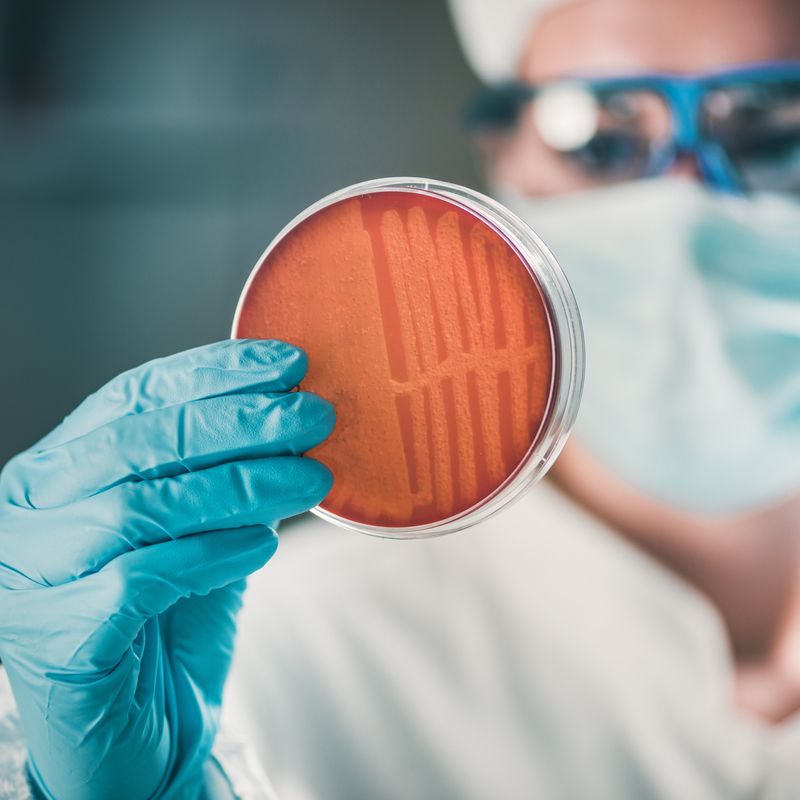
Research areas and projects:
Line 1 – Antimicrobial Resistance
Antimicrobial Resistance (ADR) targets those microorganisms resistant to the majority of antibiotics which represents a global challenge. In this context, BioKeralty has worked on the development of lipid nanoformulations to encapsulate those antibiotics with proved antimicrobial activity against the most resistant bacteria classified as the main responsible for ADR (Pseudomonas aeruginosa, Klebsiella pneumonia and Acinetobacter baumannii). These bacteria have showed being sensitive to colistin and amikacin (the latter very effective antibiotics, but with limited use due to their high toxicity). The mentioned nanoformulations proved to be highly effective with doses significantly lower than that of antibiotics in their free state (up to 40 and 60 times lower) which will reduce not only toxicity, but also treatment costs. These nanoformulations have been used successfully in the functionalization of bioengineered skin, providing antimicrobial properties and, thus, being able to treat and/or avoid infections present in chronic wounds or in large burns. The intellectual property of these developments is protected by EP 3017823 / WO 2015/001160 patents approved in Spain, Italy, France, Germany, the United Kingdom and the United States.
The projects grouped under this line of research are:
- Project 1: Nanoplatform (ELKARTEK): based on the development of a nanotechnological platform for its application in the biomedical field.
- Project 2: Nanogrow (HAZITEK): aimed at the creation of innovative and effective tissue substitutes based on combined technologies of cell therapy, nanotechnology and additive manufacturing.
- Project 3: NanoGSkin (EURONANOMED): cross-sectional tissue engineering and nanomedicine approach to improve chronic wound therapy.
Line 2 – Human Immunodeficiency Virus (HIV)
In this line of research, BioKeralty has focused its efforts on the search for a treatment for HIV-1 infection/AIDS through the application of new genomic editing and viral transfection techniques, while evaluating its safety and preclinical efficacy and fine-tuning its production under GMP conditions. The projects corresponding to this line of research are:
- Project 1: Stop-AIDS (RETO): this initiative aims to discover new genomic engineering tools for the treatment of HIV-1/AIDS infection.
Line 3 – Innovation in solutions for diagnosis, treatment and prevention of COVID-19
As part of the Coronavirus initiative of the European Union, Biokeralty has been involved in the creation of a new platform to promote the go-to-market of COVID-19-related products. Each of these sub-platforms provide services and advice to SMEs, ranging from technical support to policy and business development, from idea to commercialization.
- INNO4COV-19 (H2020): The project addresses the need for diagnostic and monitoring systems targeting COVID-19, with greater effectiveness, efficiency and lower cost. In INNO4COV-19, an Innovation Hub has also been established, and continues collaborating with initiatives in order to improve capacities in the management of this and other future pandemics.
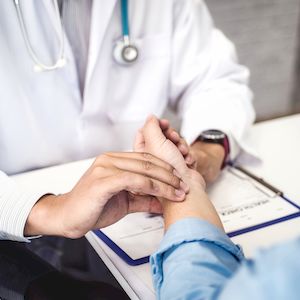 Primary care
Primary care Cancer
Cancer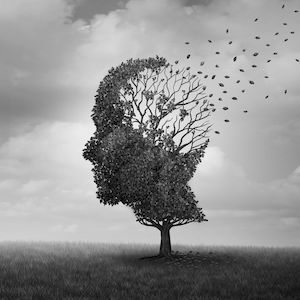 Chronic and neurodegenerative diseases
Chronic and neurodegenerative diseases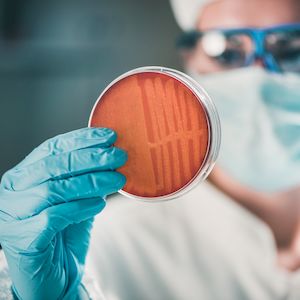 Infectious diseases
Infectious diseases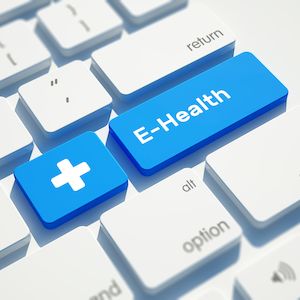 E-health
E-health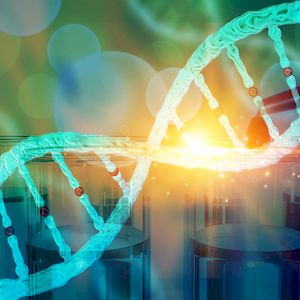 Genomics and personalized
medicine
Genomics and personalized
medicine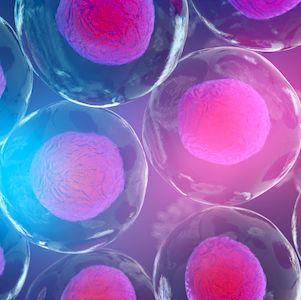 Regenerative medicine
Regenerative medicine Nanotechnology
Nanotechnology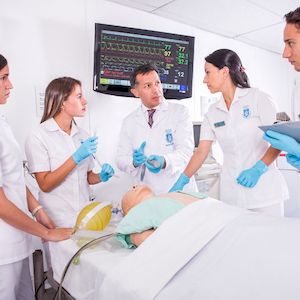 Education
Education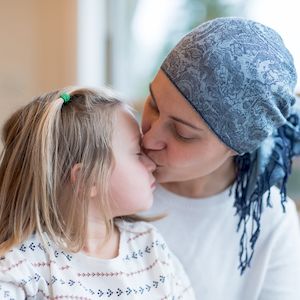 Community
Community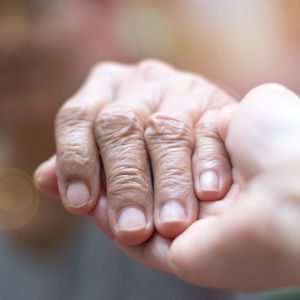 Social
Social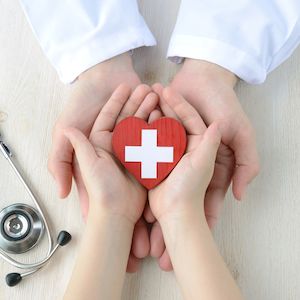 Health value
Health value